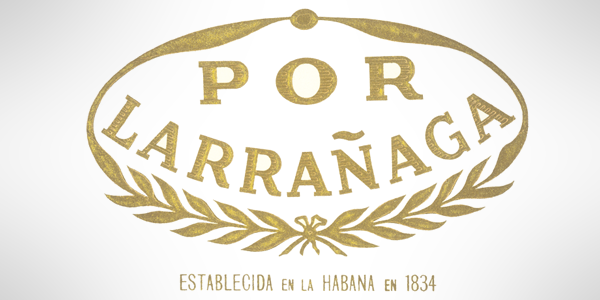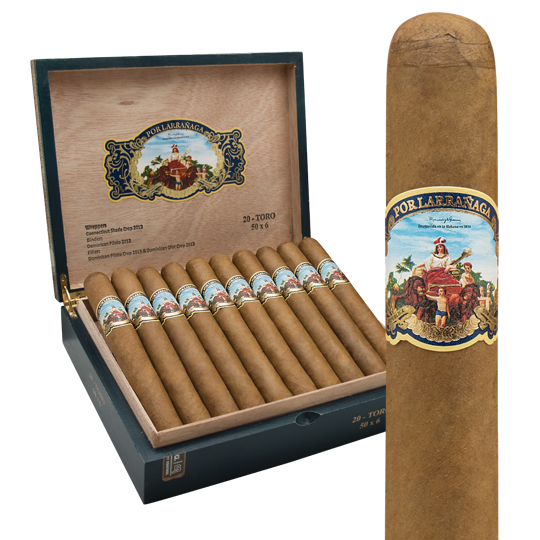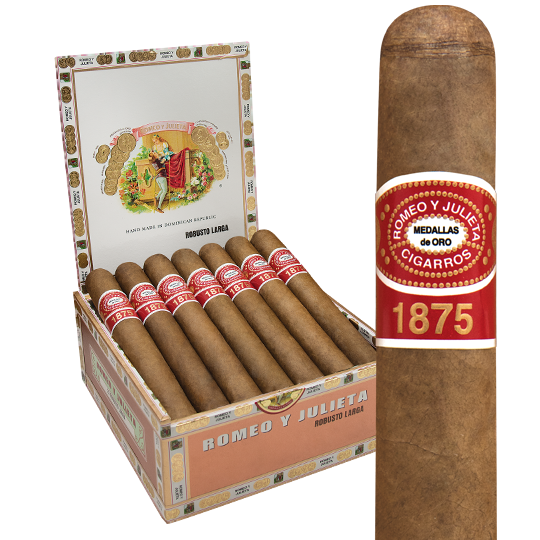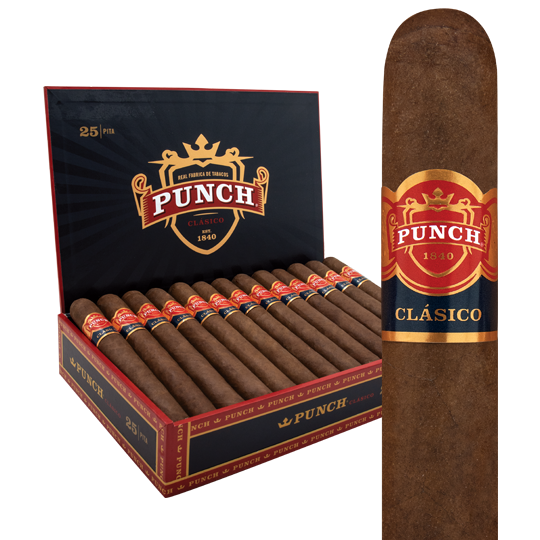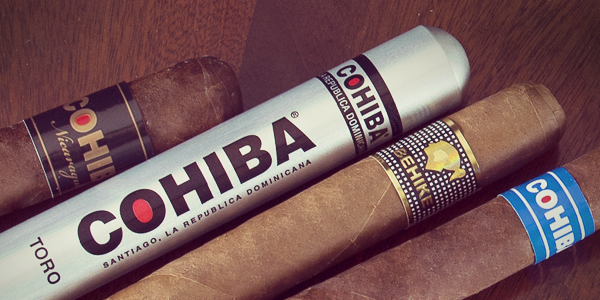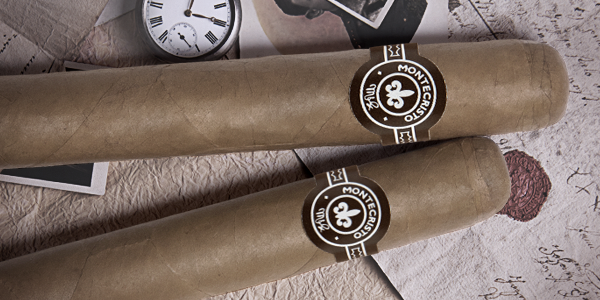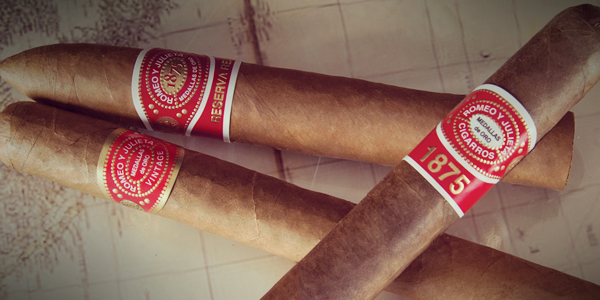History of Por Larrañaga Cigars
For Rudyard Kipling, the 19th century British journalist, novelist and poet, “There’s peace in a Larrañaga, there’s calm in a Henry Clay; But the best cigar in an hour is finished and thrown away.” So he wrote in the poem The Betrothed in which the protagonist is deciding between his wife – Maggie – and his love of Cuban cigars. Not to give away the ending, but it is the poem that immortalizes the saying, “A woman is only a woman, but a good cigar is a smoke.”
Por Larrañaga is among the oldest Cuban cigar brands, established in 1834. Only Cabañas is thought to have preceded it. The brand was founded by Ignacio (or was his name Ambrosio?) Larrañaga, a Spaniard who went to Havana in 1825. By the end of the 19th century, Por Larrañaga was a popular international premium cigar. A century later, Por Larrañaga became the first Cuban factory to make cigars by machine, having imported the new rolling and wrapping machines from the United States. Those machines increased production and reduced the cost of the cigars by about 25 percent. A worker could be trained to run the machine in two weeks compared to the years it took to train a roller. At a time of labor unrest, the move to automation led to strikes and a boycott by cigar rollers. Por Larrañaga returned the machines.
The original company was sold in 1937, resulting in it being owned by a British concern, Morris & Morris. In 1960, ownership changed again, putting the fabrica in the hands of the Cuban revolutionary government, which continued to make the Por Larrañaga cigar. The brand remained fairly popular through the 1970s, but production dropped significantly a decade later. A battle over trademarks in the 1990s resulted in limiting export to just a few countries. Later, Por Larrañaga was almost exclusively made by machine, with some hand-finishing and the cigar being sold mainly in Canada and the Middle East outside of Cuba. Since 2002, however, all Por Larrañaga shapes are made entirely by hand, though some vitolas use short filler. Like many other Cuban brands around the same time, Por Larrañaga released a Lonsdale for sale only in one country. In this case it was Germany. This was a much-loved cigar among aficionados who still bemoan its having been discontinued.
For me, Por Larrañaga cigars were always the easiest to identify if the smoker had not removed the band. The all-gold ring was distinctive and elegant. I enjoyed some of those Lonsdales and shared many more with friends who REALLY loved them. Today, the Cuban Por Larrañaga bands have mixed in some red with the gold on some shapes, but the brand remains a relatively minor one in the Habanos, S.A., portfolio.
The Por Larrañaga Cuban line is medium-bodied and the Petit Corona has been one of its most consistently well-regarded shapes. It’s a bit veiny, but nutty in flavor with a bit of a smoky (no pun intended) finish. The Petit Corona, 42 x 5 1/8, sells for about $17 in London. As with most cigars, I favor the Robusto, or Por Larrañaga Picadores, 48 x 5, which carries one of the new bands. There’s just a lot more nuance and complexity to this vitola and it has always smoked well. But $21? Come on man!
The first non-Cuban Por Larrañaga had been made until, if I recall correctly, about 2013. Most of them also carried a gold band. In 2016, Altadis acquired and relaunched the brand with a band that is, um, not as distinctive. That aside, these Dominican-made cigars are also medium in strength, much better constructed and affordable. There’s no Petit Corona, but a Gran Corona (Lonsdale!), 6 x 46; a Robusto, 5 x 52; and a Toro, 6 x 50 are all about $7. The wrapper is an Ecuadoran Connecticut containing Dominican filler and binder tobaccos. There are very appealing notes of cedar and toasted nuts. The smoke gets creamy in the middle and finishes very fully. It’s a nice midday cigar for me. Now, let’s talk about bringing back the gold band.
Oh, and to be clear, Kipling’s poem’s husband and cigar-lover ends the poem this way. ‘Light me another Cuba - I hold to my first-sworn vows. If Maggie will have no rival, I'll have no Maggie for Spouse!’
We all make choices.

